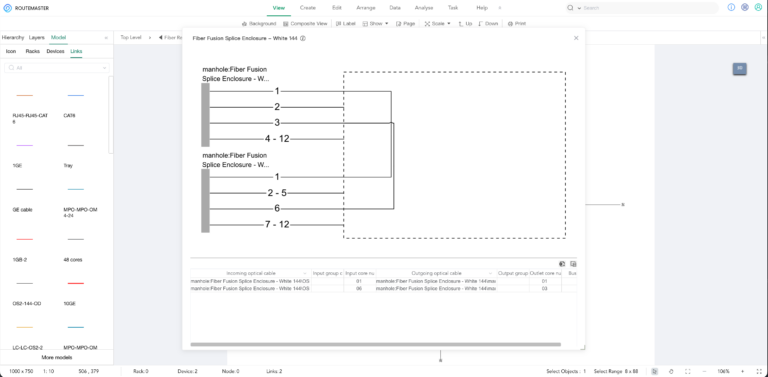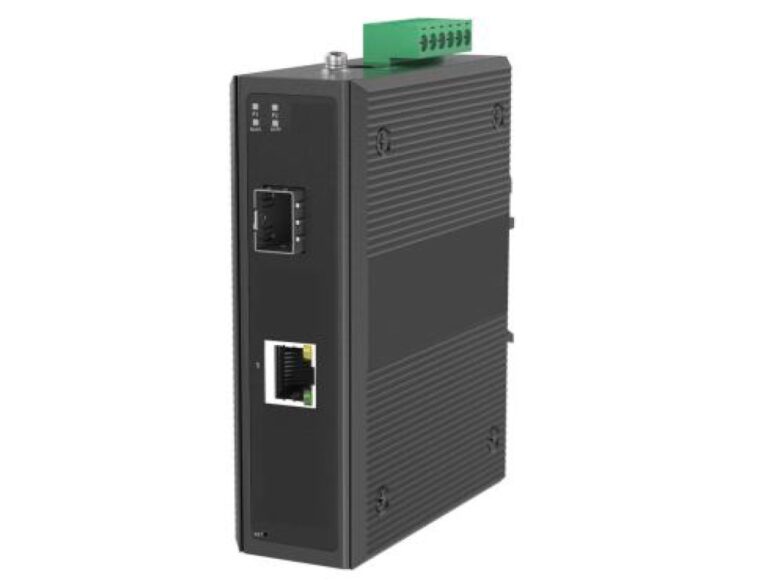

Transportation networks can derive several advantages from Network Infrastructure Management software:
🏢 Asset Management:
The software can help track and manage various transportation assets such as vehicles, roads, bridges, and signage, ensuring optimal utilization and maintenance schedules.
🚦 Real-time Monitoring:
It enables real-time monitoring of network components, allowing transportation authorities to identify and address issues promptly, such as traffic congestion, accidents, or infrastructure damage.
⏰ Predictive Maintenance:
By analyzing data collected from network infrastructure, the software can predict potential failures or maintenance needs, allowing proactive measures to be taken to prevent disruptions and ensure safety.
⚙️ Resource Optimization:
It assists in optimizing resource allocation, such as route planning for vehicles, scheduling maintenance activities, and managing inventory of spare parts and materials.
👮♂️ Improved Safety and Security:
With enhanced monitoring capabilities, transportation networks can improve safety measures, detect security breaches, and respond to emergencies more effectively.
📊 Data Analysis and Planning:
Network Infrastructure Management software provides valuable data analytics tools to analyze traffic patterns, identify trends, and inform long-term planning decisions for network expansion or optimization.
In conclusion, integrating Network Infrastructure Management software can enhance efficiency, safety, and reliability within transportation networks.
Learn more:

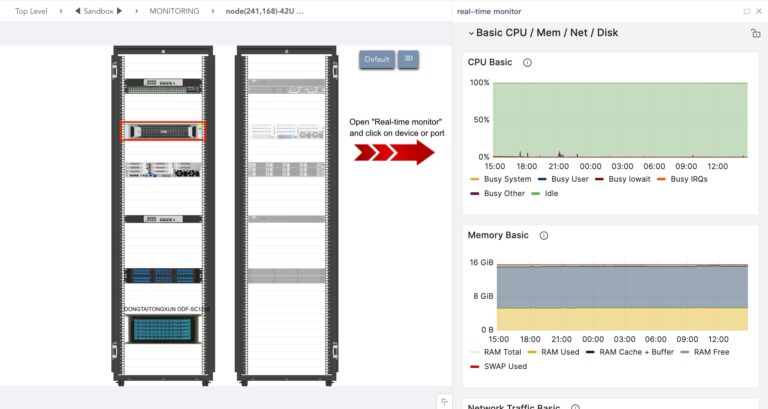
Una solución integral para supervisar y gestionar la infraestructura de red

Cómo elegir herramientas de asistencia para gestionar más de 10.000 dispositivos de red
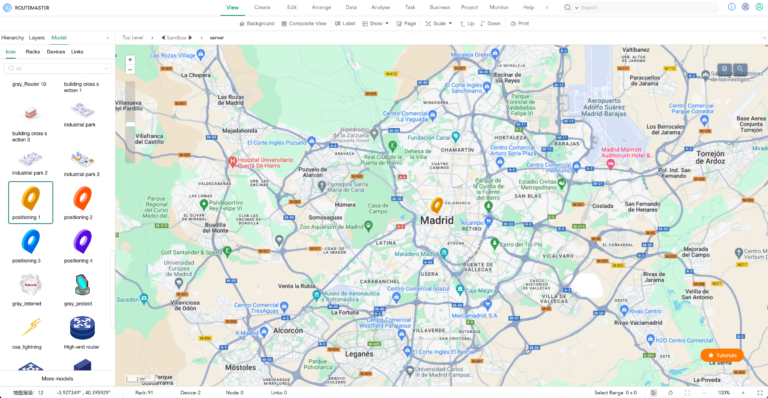
Aprovechar el software de gestión de recursos SIG de fácil uso
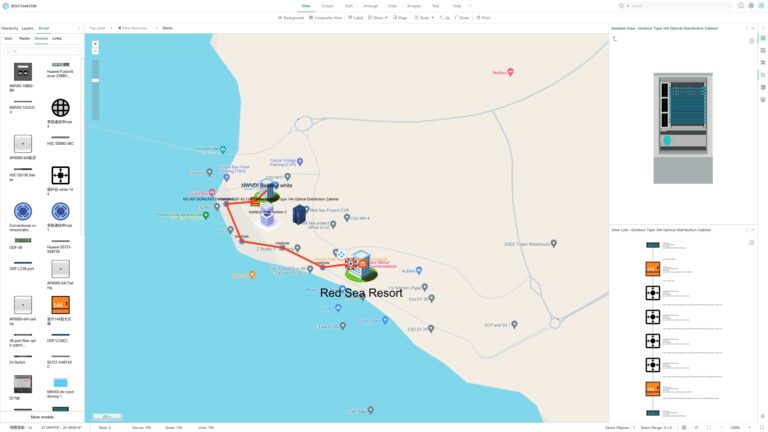
Routemaster.io: Software de planificación y diseño de redes
